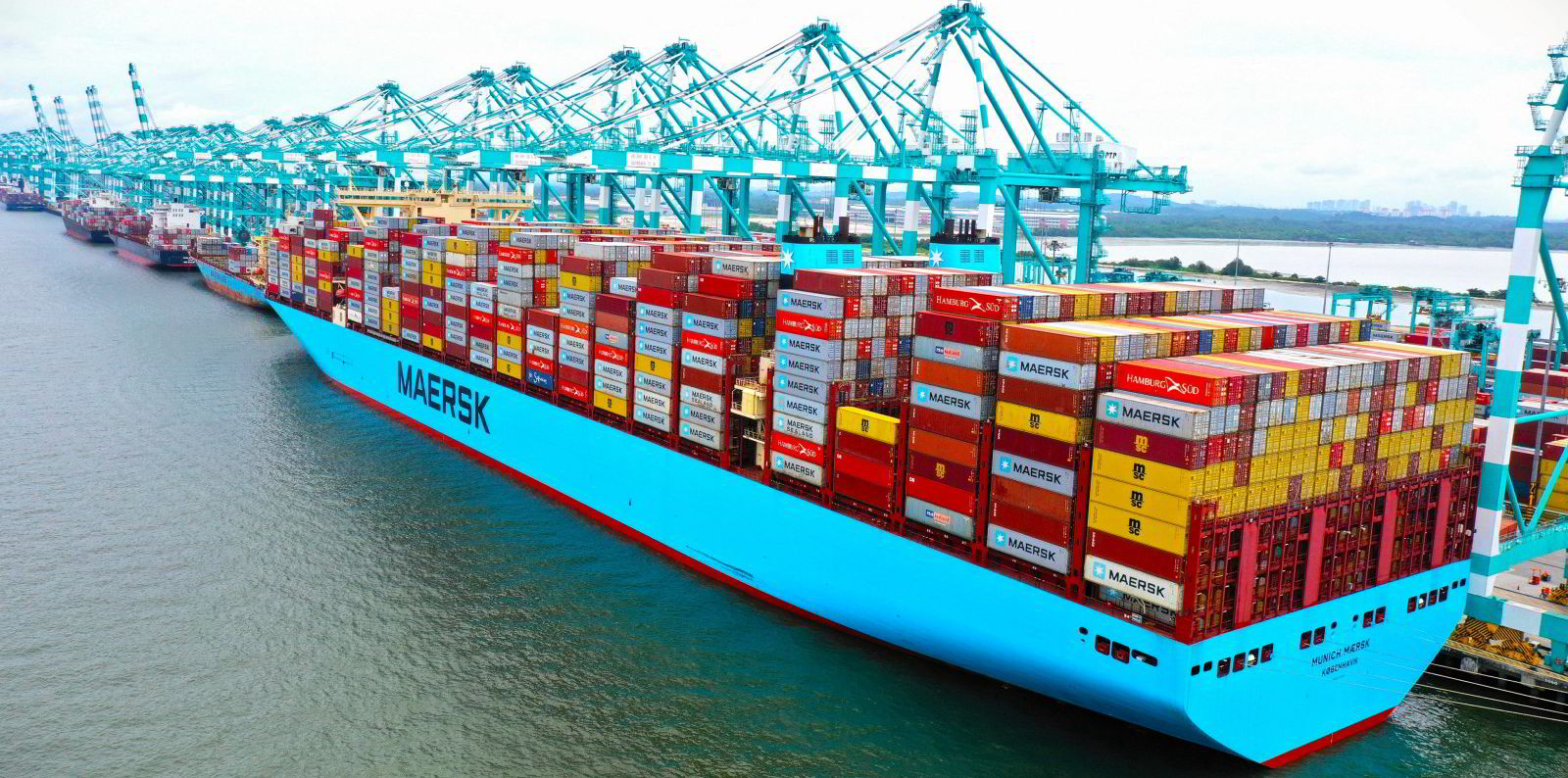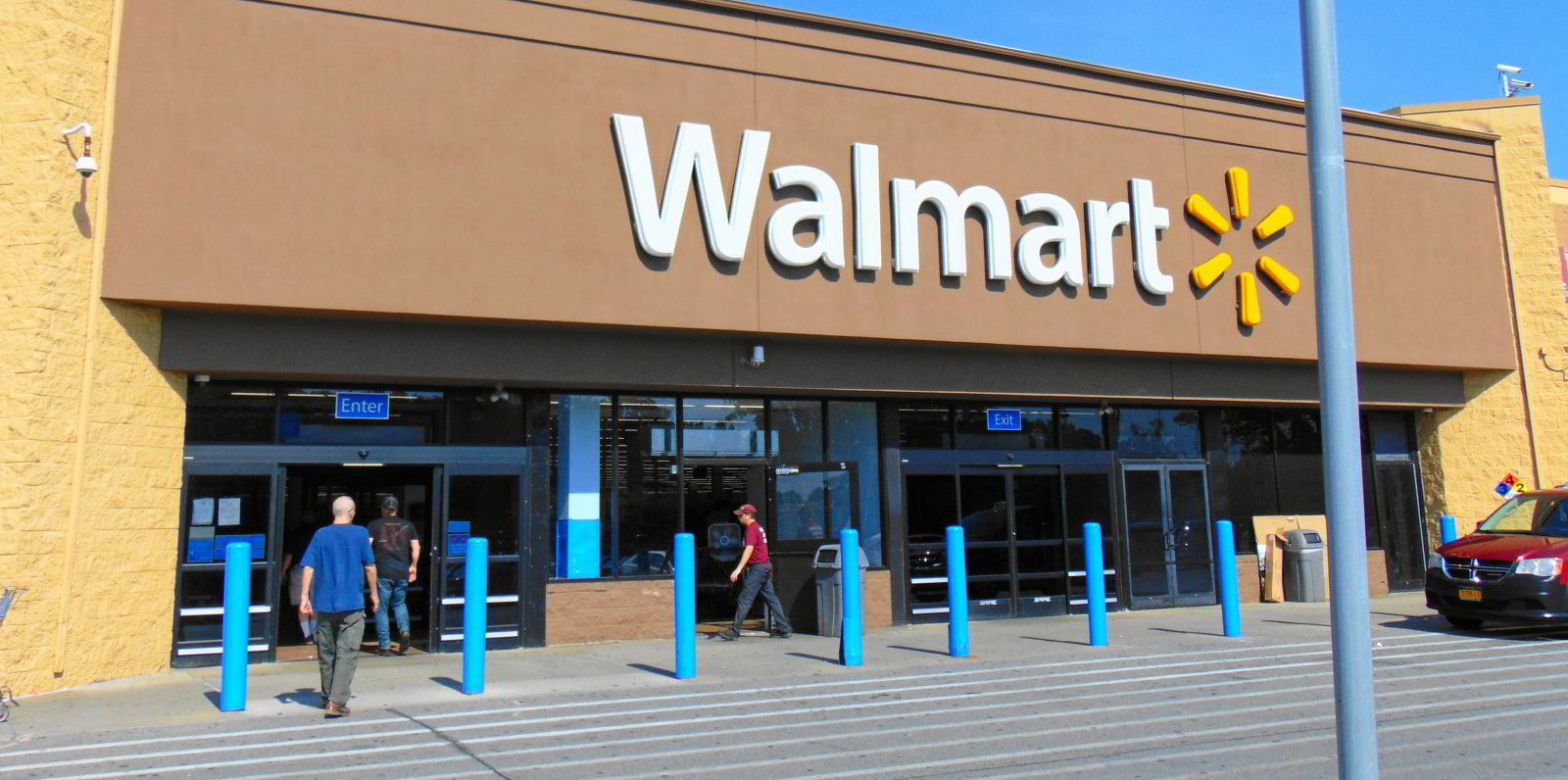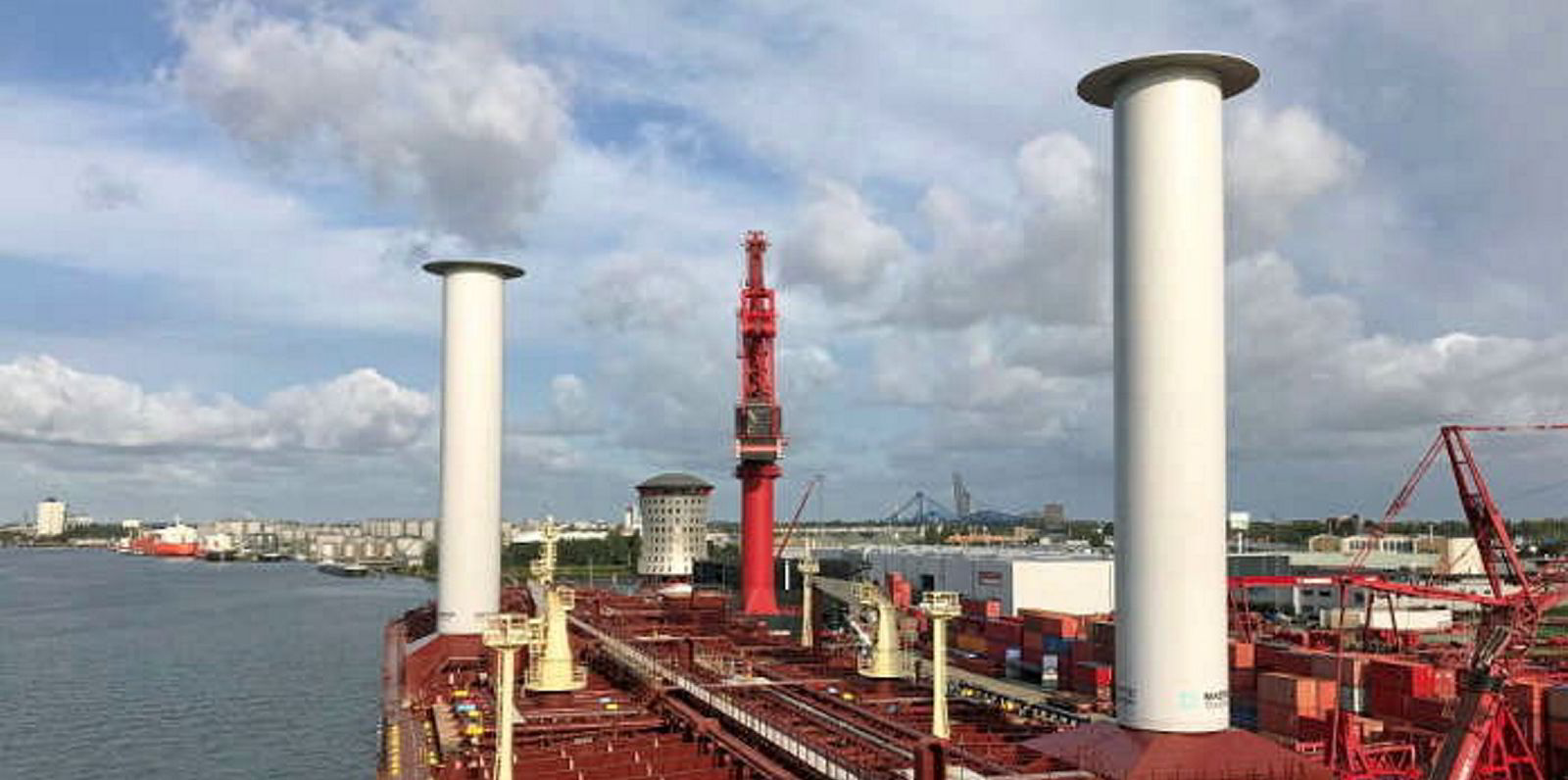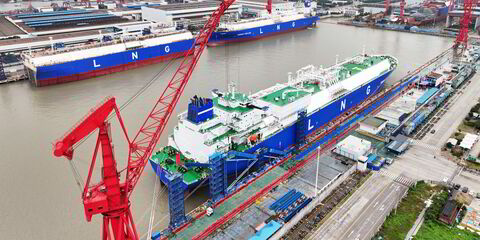By many rankings, Walmart is the biggest retailer in the world, and that makes it a major player in moving containers full of goods ranging from gas grills and memory foam mattresses to Cheerios and those mini-eggs that proliferate at Easter time.
But it also means that shipping its goods has a significant greenhouse gas footprint, with the nearly 851,000 teu of containers shipped for Walmart in 2021 accounting for 788,000 tonnes of CO2, according to a new report.
The report by green groups Pacific Environment and Stand.earth, with technical analysis from consultancy UMAS, found that Walmart was the US retail brand with the largest emissions of greenhouse gases — including carbon, methane and nitrous oxide — from ocean shipping.
Walmart also had the highest shipping emissions of sulphur oxides, nitrogen oxides and black carbon.
The top three in the ranking of 18 major brands were also big-box chains. Target was in second place for greenhouse gas emissions, with 544,000 tonnes of CO2 emissions in 2021.
The Home Depot was in third place with 495,000 tonnes, making it the biggest shipping polluter among home improvement retailers.
Of the three, however, only Target has signed onto a public commitment to a transition to zero-carbon shipping, according to the report.
For Pacific Environment and Stand.earth, key members of the Ship It Zero coalition aiming to persuade major retail brands to adopt zero-emission shipping targets by 2030, the findings highlight that Walmart and Home Depot have enormous market power to push container shipping away from fossil fuels.
Going first
Dawny’all Heydari, a climate campaigner at Pacific Environment, told Green Seas that brands should seek to do business now with carriers that offer low-emission or zero-carbon ships.
“As part of regular contract negotiations, brands must ask carriers to show yearly emissions reductions, and stop doing business with carriers that refuse to offer climate solutions,” she said.
“In the short term, brands must move products onto ships retrofitted with wind-assist propulsion and battery electrification. In addition, brands should compete to sign contracts to move products on the 50 carbon-neutral methanol-powered ships in the global orderbooks for use by mid-decade.”

Walmart spokeswoman Mariel Messier said reducing emissions from ocean carriers is a priority for the company.
“We work closely with logistics partners, NGOs and suppliers across the retail industry to scale up more sustainable approaches to transporting products,” she said.
By the ‘gigaton’
She said Walmart engages with suppliers, including ocean carriers, to reduce emissions through Project GigatonTM, an initiative to reduce or avoid 1bn tonnes of greenhouse gas emissions in the supply chain by 2030. Walmart is now more than halfway to its goal, she said.
Home Depot spokeswoman Beth Marlowe said the company works with strategic partners to identify opportunities and encourage sustainable solutions when they become available.

“For example, one of our largest carriers, Maersk, recently announced a commitment to net zero emissions by 2040,” she said.
But the environmental groups said all retail brands need to make near-term commitments to abandon fossil fuels by adopting year-over-year targets that lead to 100% zero-emission shipping by 2030.
They also want retail brands to sign up to the Science Based Targets initiative specifically for maritime shipping and disclose their performance.
And the groups want companies to push carriers to reduce emissions year after year, retrofitting ships to cut emissions rather than waiting for a new generation of vessels.
Pacific Environment and Stand.earth also said that Target, while it has signed up to the Cargo Owners for Zero Emission Shipping’s pledge for using 100% zero-emissions fuels by 2040, has yet to show “material progress” on the announcement.
“The company must do more to immediately reduce and eliminate its maritime emissions during the 2020s, the most decisive decade for climate action,” said Heydari.
“The company must accelerate its commitment by a decade — set a goal of 100% zero-emission shipping by 2030 — to take responsibility for the major emissions reductions worldwide that must occur over the next 7 years to stay on a 1.5 degrees Celsius warming-aligned timeline.”
Nishatabbas Rehmatulla, a principal consultant at UMAS who worked on the report, said that the demand side of the equation is often a driver in decarbonisation, something seen in the wet and dry bulk sectors with the Sea Cargo Charter.

“In the container sector, it’s been quite far behind relative to what’s happened in the bulk sector,” he told Green Seas.
The Ship It Zero report does not stop at emissions that impact climate change. Pacific Environment and Stand.earth also highlighted air pollutants that are hazardous to health in port cities.
Walmart, for example, emitted an estimated 11,900 tonnes of SOx in 2021 and 21,200 tonnes of NOx.
James Stewart, a UMAS consultant who worked on the report, noted that 40% of the worldwide population lives in coastal areas, where container ships spend much of their time in port or waiting to enter port.
“A natural hand-in-hand issue with maritime emissions is that populations tend to live on the coast,” he said.
__________________
Podcast: Why the shipowner lobby wants a price on carbon ‘as soon as possible’
The International Chamber of Shipping wants the global shipping regulator to put a price on carbon by 2024.
But why so fast?
Simon Bennett, the ICS deputy secretary general, told the Green Seas podcast that targeting net zero greenhouse gas emissions by 2050 and the fear of a proliferation of national carbon pricing mechanisms are behind the ambitious timeline.
Click here to listen to the episode, or subscribe on Google Podcasts, Apple Podcasts, Stitcher, Pandora, Spotify and Soundcloud.
__________________
‘Nuclear energy? Why not?’ Dark horse of energy mix finds backers
Harry Papachristou reports that an influential voice in Greek shipping praised the virtues of nuclear energy, arguing that the industry will find it hard to decarbonise without it.
“Nuclear energy? Why not?” said John Kokarakis, a senior technical official with Bureau Veritas, at Capital Link’s Cyprus Shipping Forum in Limassol.
“Electrification and decarbonisation go hand in hand,” said the classification society’s technical director for south-east Europe, the Black Sea and the Adriatic Sea, adding that nuclear is one way to find cheap electricity.
__________________
North Norway ferries to have largest marine hydrogen fuel cell systems yet
PowerCell has signed a €19.2m ($20.4m) deal to deliver hydrogen fuel cells to two ships operating on Norway’s longest ferry route.
The order, secured through a tender, represents shipping’s largest non-combustion fuel propulsion project to date, said the Swedish fuel cell supplier spun off from Volvo.
Delivery of the two new ropaxes that will be owned and operated by Norwegian transport group Torghatten Nord is to be completed in the fourth quarter of 2024.




